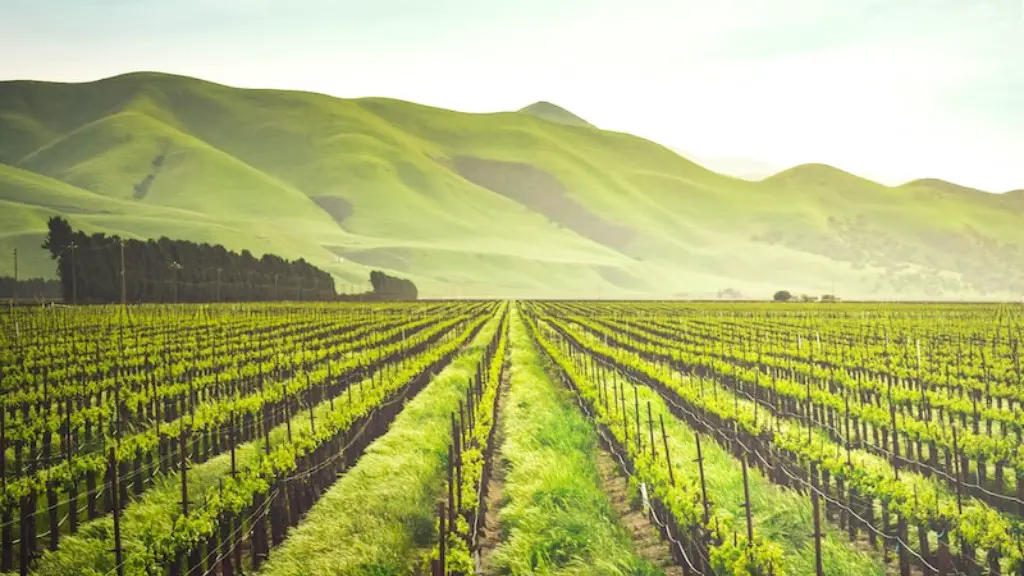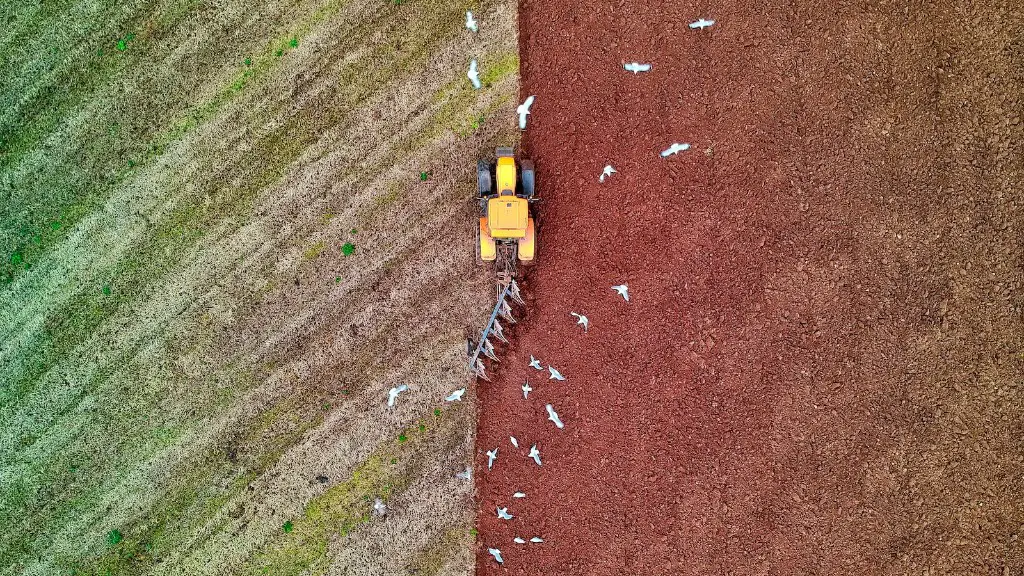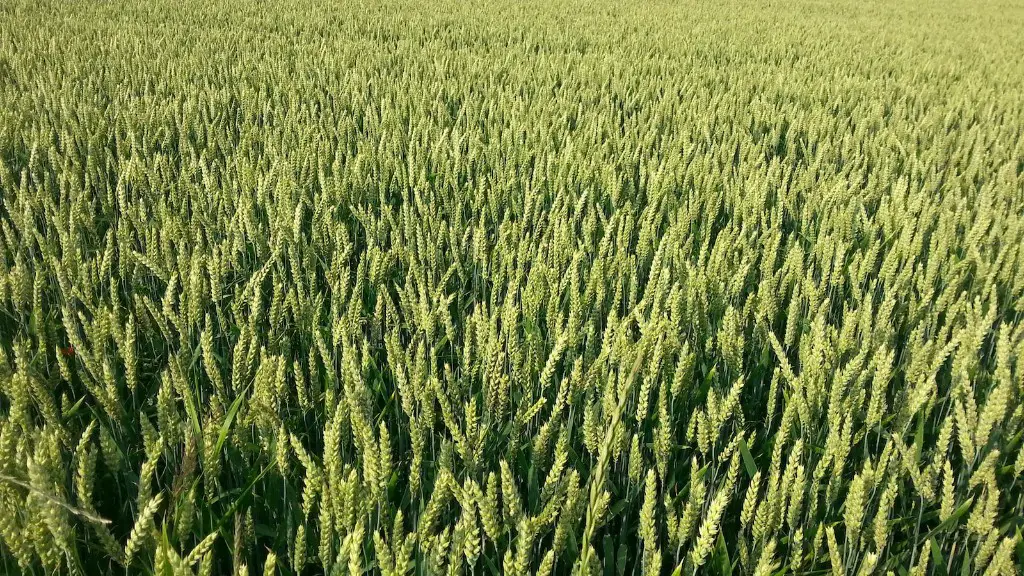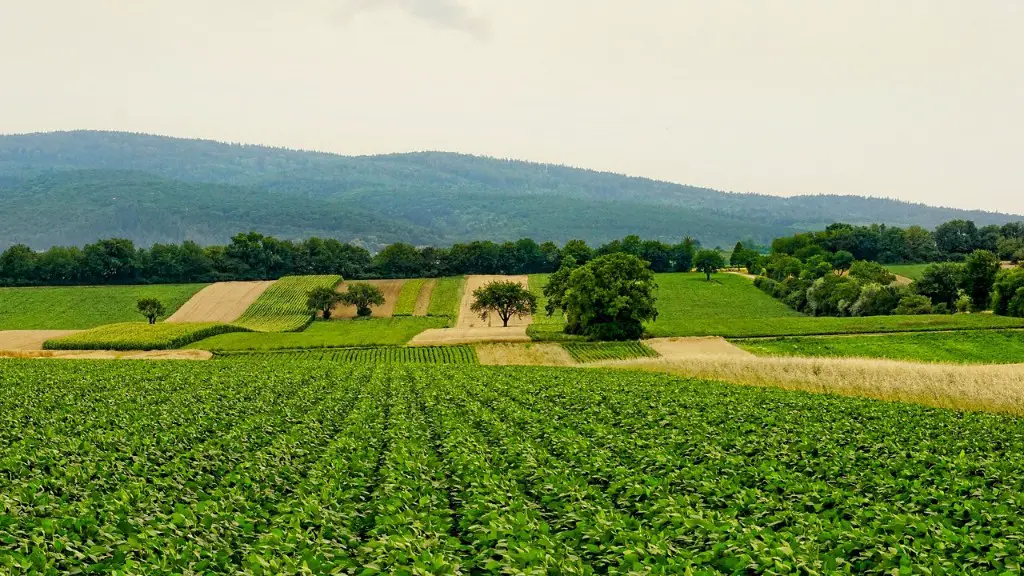Soil pollution is one of the most serious environmental problems facing agriculture today. Soil is essential for plant growth and health, and when it becomes polluted, it can have a drastic impact on crops and yield. There are many ways in which soil can become polluted, including from agricultural chemicals, animal waste, and sewage. This pollution can lead to a number of problems, including decreased crop yields, soil erosion, and water contamination. In some cases, it can also lead to human health problems.
Soil pollution has a number of effects on agriculture. It can reduce crop yields, damage crops, and make crops more susceptible to disease. It can also contaminate the water supply, making it unsafe to drink.
What are the effects of soil pollution on agriculture?
Soil pollution can cause a chain reaction that alters the biodiversity of soils, reduces the soil organic matter and soils’ capacity to act as a filter. It also contaminates the water stored in the soil and groundwater, and causes an imbalance of soil nutrients.
Soil contamination is a big problem because it can cause a change in the rain cycle, which can lead to global warming and the loss of ecosystems. When we use chemicals on soils, it reduces the soil fertility, which means that we produce less food.
What are the agricultural pollutants of soil
The United States Geological Survey (USGS) routinely monitors and studies agricultural contaminants that may potentially impact water quality. These contaminants include nutrients (such as nitrogen and phosphorus), as well as pesticides (herbicides, insecticides, and fungicides). The USGS works closely with other government agencies, universities, and private organizations to develop and implement strategies for mitigating the effects of agricultural contaminants on water resources.
Soil pollution can lead to a number of respiratory diseases, skin diseases, and other health problems. Diseases caused by soil pollution include irritation of the skin and the eyes, headaches, nausea, vomiting, coughing, pain in the chest, and wheezing.
What are the 4 types of agricultural pollution?
1. Agricultural residues: Agricultural residues are the solid by-products of crop production, including straw, chaff, and stalks. These residues can be a source of pollution when they are left on the field and come into contact with rain or snowmelt, which can wash them into rivers.
2. Fertilizers and pesticides: Fertilizers and pesticides are applied to crops to help them grow, but they can also be a source of pollution when they runoff into rivers. Fertilizers can cause algae blooms, which can deplete oxygen in the water and harm aquatic life. Pesticides can also be harmful to aquatic life and can contaminate drinking water.
3. Animal husbandry: Animal husbandry is another major source of agricultural pollution. Animal waste can contaminate rivers with bacteria and nutrients, which can lead to algae blooms and decreased water quality.
4. Excess salts from applied irrigation water: Excess salts from irrigation water can also pollute rivers. When irrigation water evaporates, it leaves behind salts, which can accumulate in the soil and eventually runoff into rivers. This can lead to water quality problems and harm aquatic life.
Agricultural pollution of groundwater is a serious problem in many parts of the world. Pollution from pesticides, fertilizers, and animal manure can enter groundwater depending upon local land use and geologic conditions. The links below provide more information on how agriculture can affect water quality.
https://www.epa.gov/agricultural-resources-and-conservation/agricultural-pollution-groundwater
https://www.groundwater.org/get-informed/groundwater-and-agriculture/
What is the leading cause of agricultural pollution?
Agricultural pollution is caused by a variety of factors, but the most common source is nutrient runoff from human activity. This can include things like fertilizers, wastewater, and automobile exhaust, as well as natural animal waste. This runoff can cause serious water pollution problems, as well as create harmful algal blooms that can deplete oxygen levels in the water and kill fish and other marine life.
Excess nutrients in the form of fertilizers and animal manure can have a negative impact on water quality. When it rains, water and soil containing nitrogen and phosphorus can wash into nearby waters, causing nutrient pollution. This can lead to decreased water quality and decreased oxygen levels in the water, which can be harmful to aquatic life.
What are the 5 examples of soil pollution
Common contaminants in urban soils can pose serious health risks to people and the environment. Pesticides, petroleum products, radon, asbestos, lead, chromated copper arsenate and creosote are all common contaminants that can be found in urban soils. Improper disposal of these materials can lead to contamination of the soil and groundwater.
Soil pollution is caused by many different human activities, such as overuse of pesticides. This will cause the soil to lose its fertility. Moreover, the presence of excess chemicals will increase the alkalinity or acidity of soil, thus degrading the quality of the soil.
What are the long term effects of soil pollution?
Long term diseases can be caused by the contact with soils contaminated with chemicals. Cancer, including leukemia, can be caused by the presence of lead in soil. Nervous system damage can be caused by the presence of lead in soil, and affecting especially children. Neuromuscular blockage and depression of the central nervous system can also be caused by the presence of lead in soil.
One of the main causes of nonpoint source pollution is agricultural runoff. This occurs when farmers overwork the land and don’t adequately manage their animal feeding operations. This can lead to soil erosion and the leaching of chemicals and nutrients into waterways.
What causes soil pollution
Soil contamination can have a serious impact on human health and the environment. It is important to be aware of the different ways in which soil can become contaminated, and to take steps to prevent and clean up contamination when it does occur.
Agriculture is both a cause and victim of water pollution. Poor agricultural practices can lead to the discharge of pollutants and sediment to surface and/or groundwater. These practices can also lead to the loss of soil, salinization, and waterlogging of irrigated land.
What is the role of agriculture sector in soil pollution?
Agricultural and livestock activities are a major source of soil pollution. Excessive use of pesticides and fertilizers, untreated wastewater for irrigation, and manure and sewage sludge with high antibiotic and antimicrobial-resistant bacteria and heavy metal content can all pollute soil. This can lead to negative impacts on plant growth, human health, and the environment.
Sediment pollution is a serious problem for agricultural water sources. Too much sediment can cloud the water, reducing the amount of sunlight that reaches aquatic plants. This can lead to reduced growth and productivity in these plants, and can eventually lead to the death of the aquatic ecosystem.
Final Words
Soil pollution negatively affects agriculture in multiple ways. First, it can contaminate crops and make them unsafe to eat. Second, it can damage the roots of plants, making it difficult for them to take up nutrients and water. This can lead to stunted growth, yellowing leaves, and eventually death. Third, soil pollution can also leach harmful chemicals into groundwater, making it unsafe to drink. Finally, soil pollution can release harmful toxins into the air, which can eventually settle onto crops and impact their growth.
Soil pollution has a significant impact on agriculture. It can contaminate water supplies, damage crops, and impact soil quality. Additionally, soil pollution can cause health problems for farmers and other people who work in agricultural areas.




